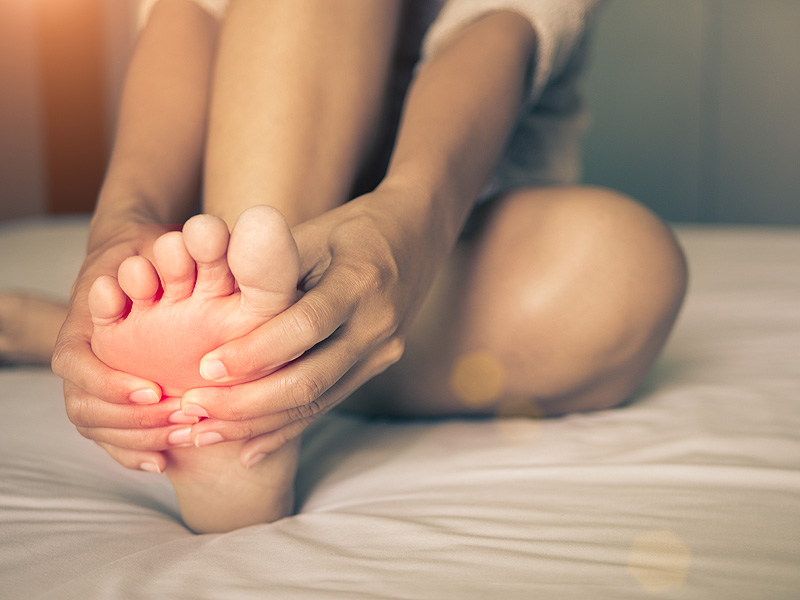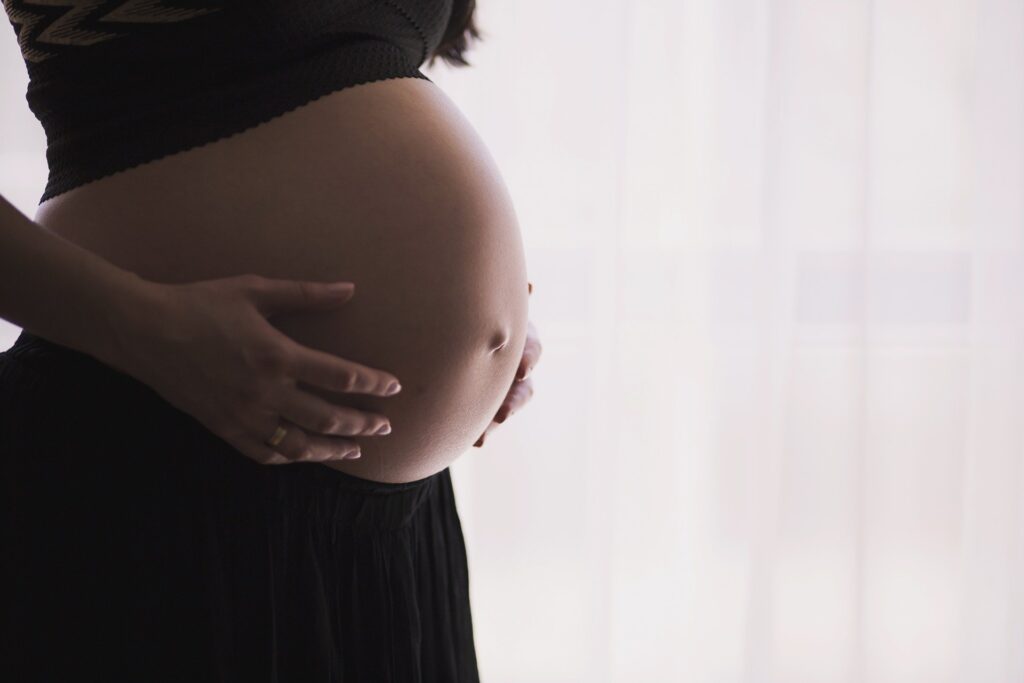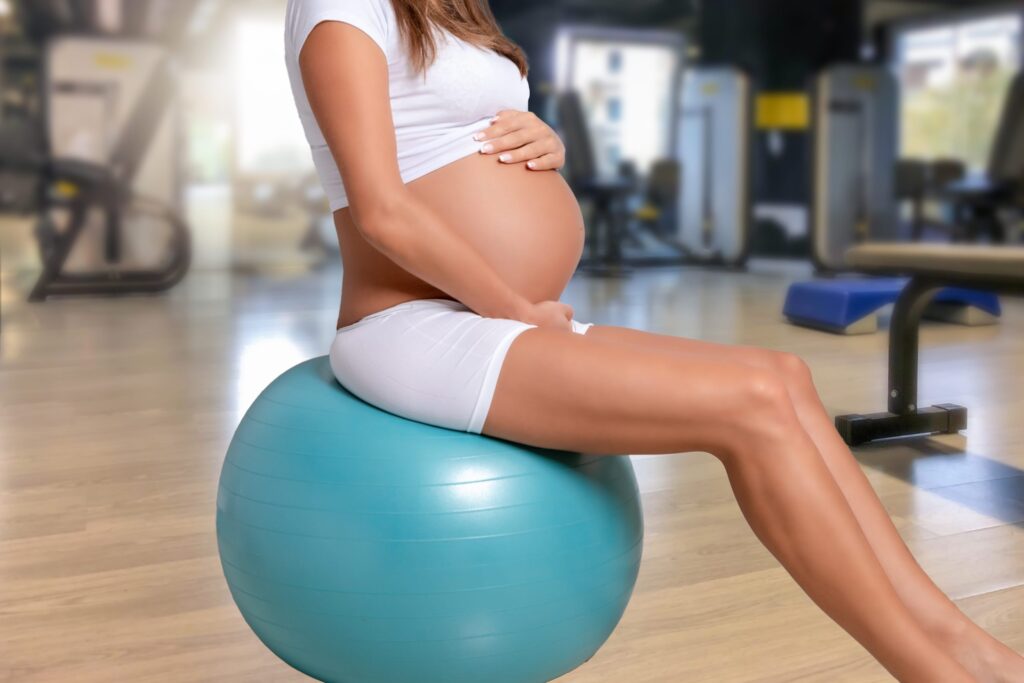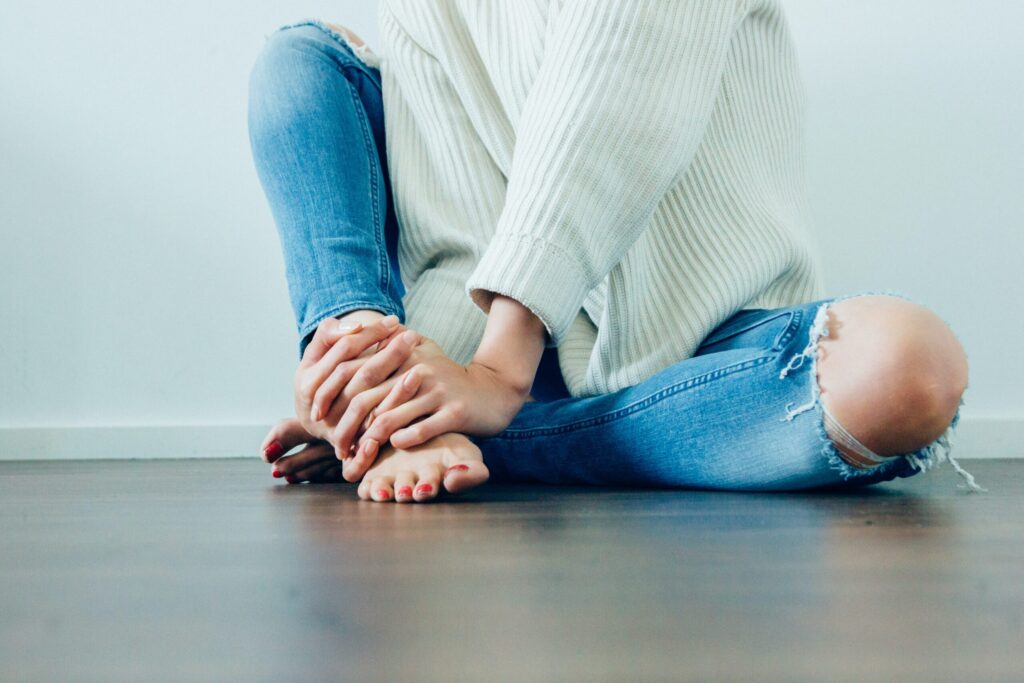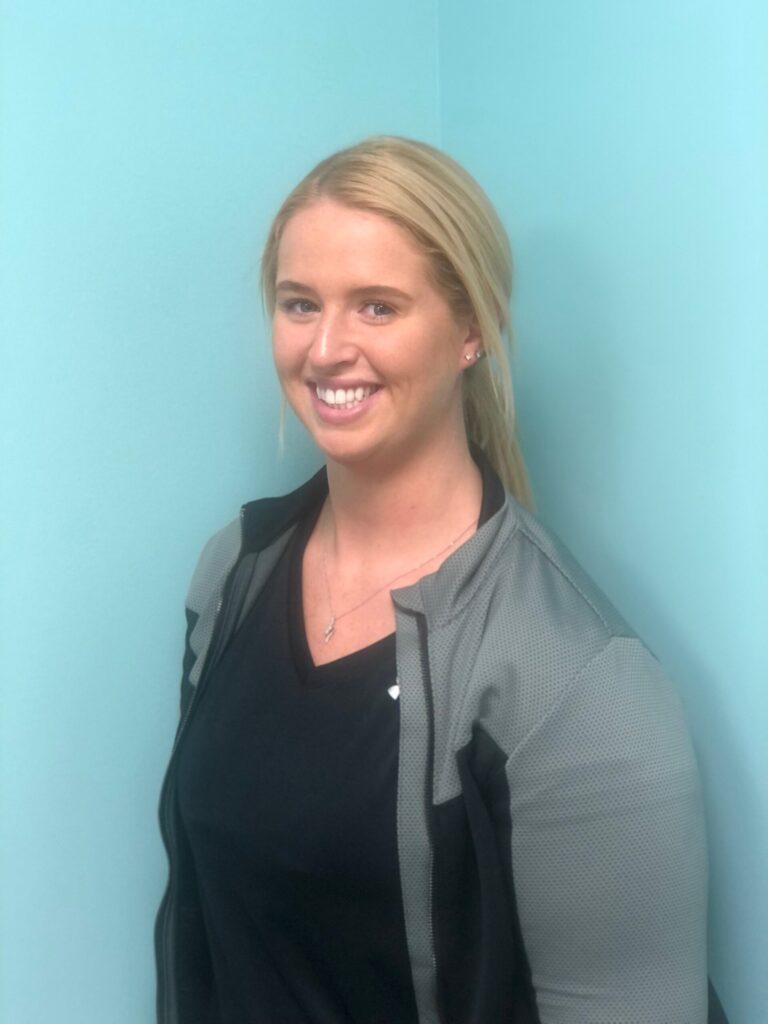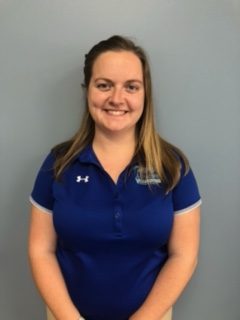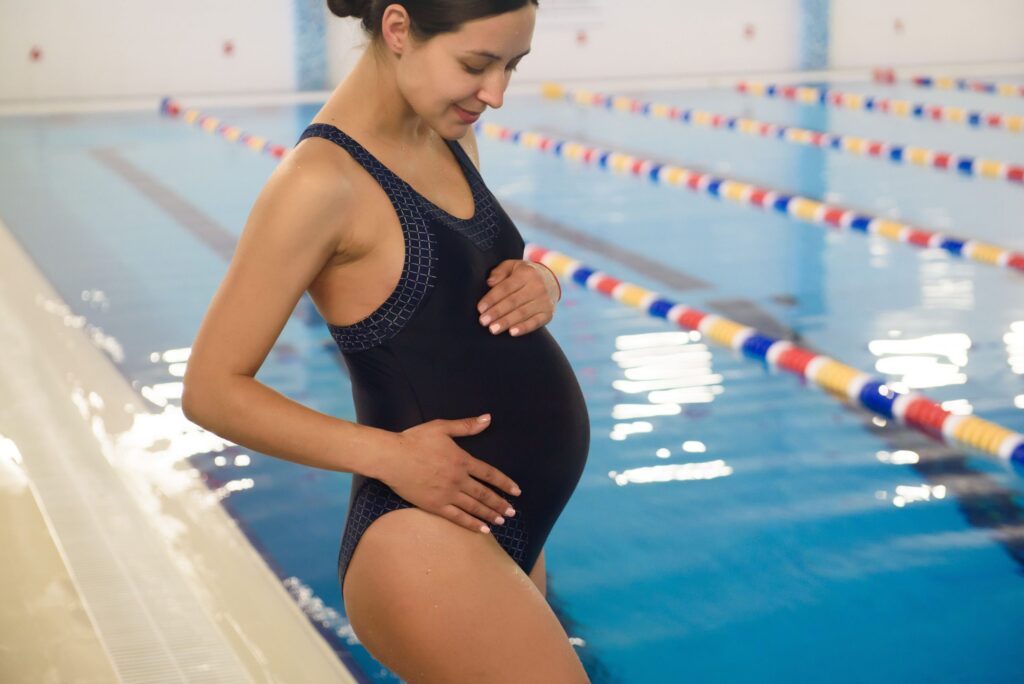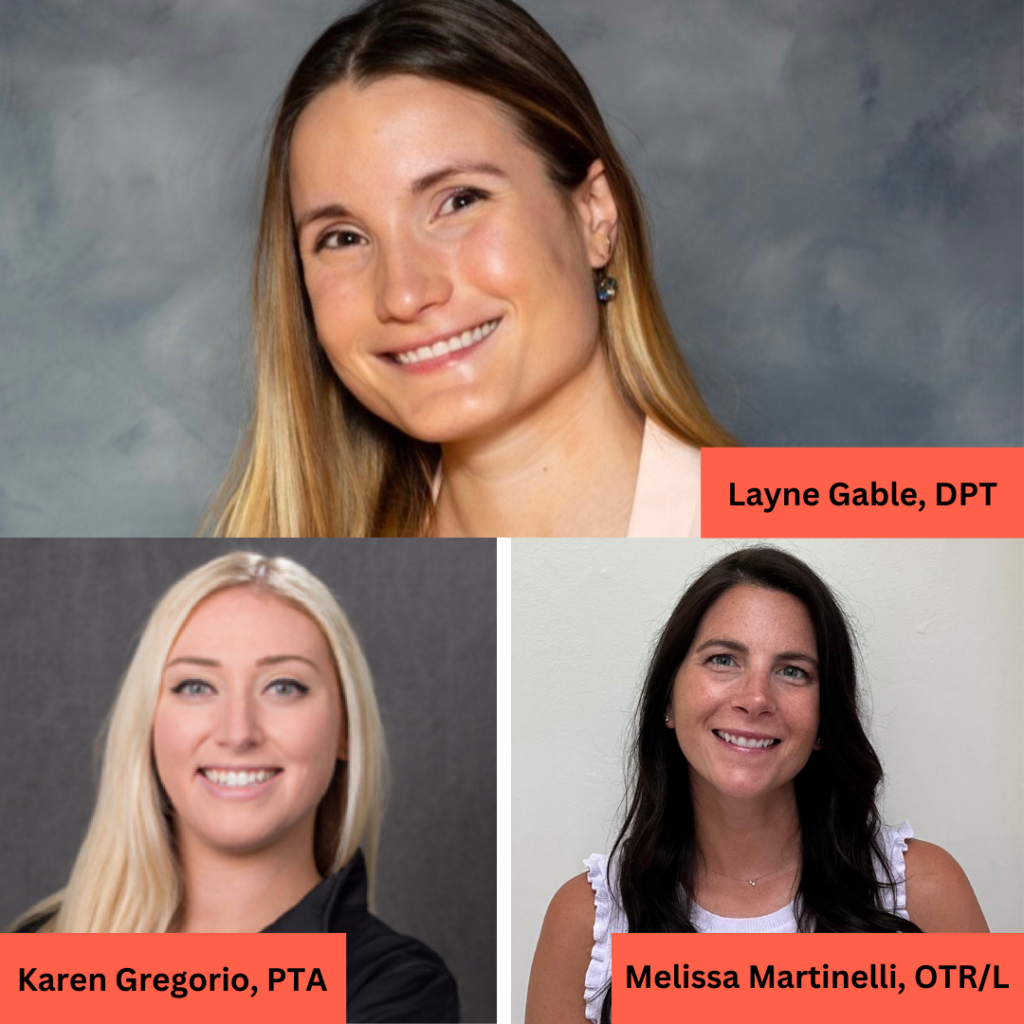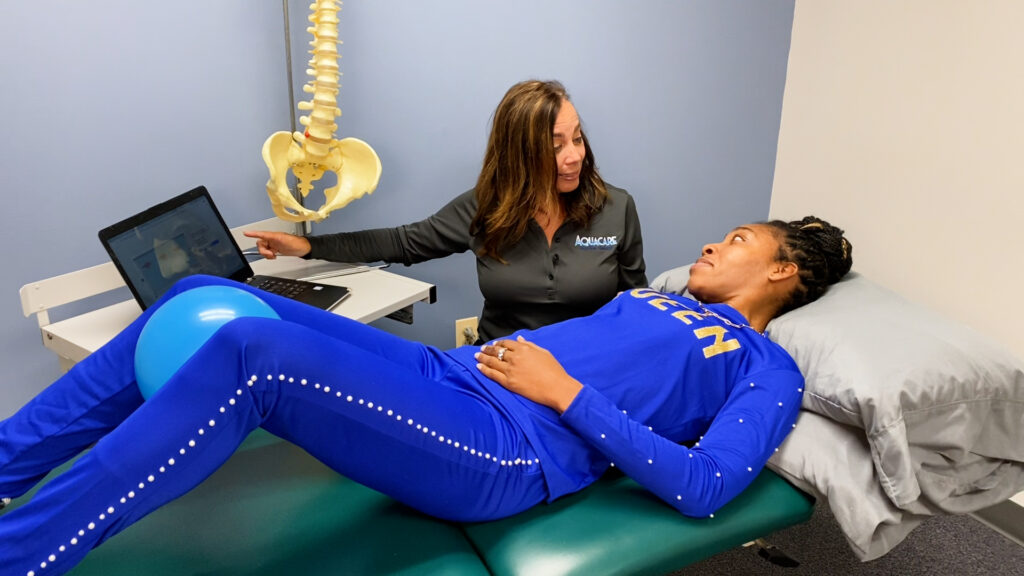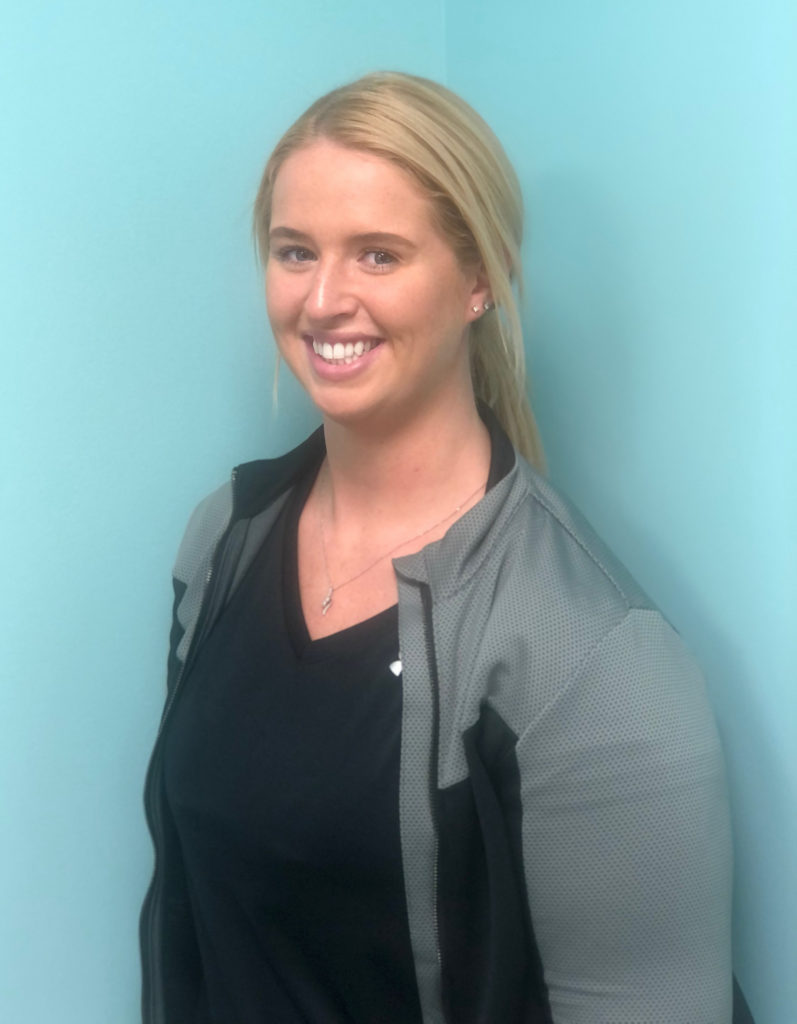
Pregnancy & Your Pelvic Floor

By Kayla Bell, PTA, Aquacare – Seaford
Congratulations on your pregnancy! During pregnancy your body goes through many changes across all systems – hormonal, metabolic, cardiopulmonary, immune, integumentary, gastrointestinal, urinary, psychological, and musculoskeletal! In the musculoskeletal system, pregnant women experience loosening of ligaments and a change in their center of mass which can result in altered posture and altered core muscle length tension relationship.
Due to these changes, pregnant women can experience pain. Common pregnancy related pain includes:
- Pregnancy-related Low Back Pain – pain that arises in the low back region that may extend into the buttocks, thighs, ankle, and / or foot.
- Pelvic Girdle Pain (PGP) – can be either anterior, posterior, or both. About 20 percent of pregnant women will experience PGP.
- Anterior Pelvic Girdle Pain involves pubic symphysis joint and ligaments, adductors and anterior hip/ lower abdominal muscles and soft tissues.
- The normal pubic symphysis gap is 4-5 millimeters, however during pregnancy this gap can increase by 2-3 millimeters to between 6 and 9 millimeters.
- Posterior Pelvic Girdle Pain involves Sacroiliac joints, Sacroiliac ligaments, and posterior lateral hip soft tissues (gluts, piriformis).
- Round Ligament Pain is described as “twinge-y” pain along the groin region (one sided or both) with position changes. This pain does not typically start until around 20 weeks as this is when the uterus is growing rapidly, and that ligament has more stress on it.
- The round ligament attaches from the posterior lateral uterus down through the inguinal region to the labia.
- Pelvic Floor Dysfunction can include overactivation (inability to correctly relax muscles) or under activation (unable to coordinate muscles). Examples include incontinence, constipation, increased urge or frequency, pain, etc. This condition affects up to 50 percent of women who have given birth.
- Lower leg Cramping has an unknown etiology, but some potential causes include rapid weight gain and joint laxity, decreased blood supply to the lower body, or electrolyte, vitamin, or mineral imbalance.
- Research supports iron and magnesium oxide supplementation. Talk to your healthcare provider about supplements!
- Lower Leg Swelling can be caused by extra fluid in your body. There is an increase in total blood volume by 30-50 percent alone!
- Swelling can be managed with elevation and compression garments.
Following childbirth, women in the postpartum phase may continue to experience pain. Lower back pain can persist in 25-50 percent women at three months postpartum and become chronic.
They can also have Diastasis Recti Abdominis (DRA) due to poor regain of core muscle strength. DRA is the widening of the Linea alba and rectus abdominis halves (known as the six-pack muscle). There is a gap in the muscle that is considered normal. Widening of this gap is also normal during pregnancy with the growing baby. However, postpartum a separation of less than 2cm (two-finger width) at any point along the muscle is positive for DRA! DRA can get better on its own without physical rehab, but rehab is needed if still present after a year postpartum.
Only 32 percent of women who have pregnancy related LBP or pelvic girdle pain report it to their care providers. Of those who report pain, only 25 percent will get a treatment recommendation. It is important to contact your doctor if the pain is severe or lasts more than two weeks! The conditions discussed can be helped with physical therapy.
Physical therapy treatment can include:
- Core muscle control retraining
- Mechanical diagnosis and therapy to determine movement bias for centralization of symptoms (with sciatica)
- Education on external bracing to provide pelvic girdle support (these devices can help lift and under the abdomen), compression garments, etc.
While I offer pregnancy and post-partum programs in our Seaford office, Aquacare also offers these programs and services in Salisbury, Easton, Millville, Millsboro, Seaford, and Milford.
Kayla Bell, PTA, is a physical therapist assistant at Aquacare – Seaford. A native of Bridgeville, Kayla earned her associate degree from Delaware Technical Community College in 2021. In 2023, she earned her certification as a pregnancy and postpartum specialist and provides services for women who are ready to regain muscle, improve strength, and get back to regular exercise. She enjoys participating in community events and is a member of Sussex Tech’s Athletic Health Care & Physical Therapy Advisory Board. Learn more: www.aquacarephysicaltherapy.com. If you are a physical therapist looking for a great place to work, Aquacare is hiring. Learn more: www.aquacarephysicaltherapy.com/careers.


